4 Heat Stroke Prevention Tips to Ride Healthy and Happy All Summer Long
Human performance experts give the lowdown on how to stay cool when the temperatures rise.
Let’s reflect for a moment: It’s Stage 2 of the 2013 Tour of California, and the peloton faces a 200-kilometer day from Murrieta to Palm Springs. After a hilly route that included a 4-mile climb to the finish, Javier Acevedo and Tejay van Garderen ride under the flamme rouge together, indicating 1 kilometer to go. Acevedo throws down a last-minute acceleration, not only securing him the win, but also the leader’s jersey.
If you don’t remember this stage for Acevedo’s breakthrough performance, perhaps you remember the conditions. The peloton faced temperatures reaching 120 degrees Fahrenheit, with pavement temps measuring even hotter. A few riders abandoned on the final climb (with Pieter Serry in serious condition) due to the heat, and those who crossed the finish line collapsed on the tarmac, suffering blisters and burns on exposed skin. Naturally, this brought up criticism of the race organizers and questions of when a race should be shortened (or canceled) due to dangerously hot conditions.
While we’d never advise anyone to ride in such extreme conditions, this stage serves as a solid reminder to take the right precautions once the mercury starts to rise. Here, experts share their best heat stroke prevention tips so you can protect yourself from overheating and ride happy and healthy all summer long.
Heat Exhaustion vs. Heat Stroke
Before we break down how to monitor and limit the effects of heat, let’s dissect the difference between heat exhaustion and heat stroke. The distinction isn’t always clear cut, but symptoms of either should be addressed immediately.
“Heat exhaustion symptoms include heavy sweating, cool clammy skin, fast weak pulse, nausea or vomiting, feeling dizzy with headache and maybe fainting,” says Andy Pruitt, founder of Boulder Center for Sports and a medical consultant for Specialized Bicycle Components.
To treat heat exhaustion, Pruitt recommends moving into the shade as soon as possible, loosening clothing, wetting the body for evaporation, and sipping on water or eating ice chips. “Get medical help if your symptoms begin to change toward heat stroke,” he says.
On the other hand, “heat stroke symptoms include fever, hot red skin, fast pounding pulse, severe headache, nausea or vomiting, mental disorientation, or loss of consciousness,” says Pruitt. If you or a fellow rider are experiencing any of these symptoms, he says the treatment is simple: Call 911. “Move the person to the shade, douse the body with water or an ice bath, do not give food or water, this is a medical emergency.”
As mentioned, the lines are slightly blurred between heat exhaustion and heat stroke, so if you’re uncertain which one you’re experiencing, it’s always safer to err on the side of caution and contact a medical professional immediately.
Heat Stroke Prevention
Diagnosing your heat-related condition can prove to be difficult, but there are some surefire ways you can prevent an issue from happening.
1. Use Your Data
Utilizing your heart rate monitor and power meter can help quantify some of the effects of riding in the heat. Generally, riders with these two devices know what metrics to expect on an average ride, so if something looks off, it probably is. “On hot and humid days when heart rate values are high relative to power output, it can be a sign the body is heating up and mechanical efficiency is declining,” explains Todd Carver, Head of Human Performance at Specialized Bicycle Components. “Part of this heart rate increase is an autonomic cardiovascular strategy to send more blood to the skin for cooling, and part of it is an increase in HR to maintain cardiac output while the heart’s stroke volume is declining due to dehydration.”
Make sure to stay on top of your hydration plan. Pruitt says you can consume twice as much of a cool, diluted sports drink as you normally would. Replacing the electrolytes you lose through sweat is extra important when riding in the heat.
70 calories per serving, available in a women’s specific formulas to manage blood plasma changes during the menstrual cycle.
2. Keep Your Cool
To mitigate the effects of heat on the body, Carver recommends stopping to frequently fill your bottles with ice cold water, and squirt some water over your head and down your back throughout the ride. We saw this at the Tour of California, especially after the race when riders were resting on wet towels soaked in icy water. Some pros have even been known to stuff pantyhose with ice and stick them in their jerseys to keep their core temperatures down.
3. Avoid High Heat
When possible, try to exercise outdoors when it’s not extremely warm, suggests Pruitt. Schedule your rides during the early morning hours for a #dawnpatrol spin or late afternoon before the sun sets. This allows you take advantage of the cooler temps throughout the day without being stuck on an indoor trainer to get the miles in.
4. Adjust Your Kit
Hot days are not the days to reach for that all black kit, no matter how light or breathable the fabric. Instead, Pruitt says to opt for a light-colored, loose-fitting kit—bonus points for mesh vents in high heat areas such as the underarms or back. Choose a well-ventilated helmet and wear a wet cloth or sun cap to keep your head cool. And always, always Wear sunscreen of at least 30 to 50 SPF on exposed skin.
Michael Nystrom Freelance Writer Michael Nystrom is a two-time IRONMAN finisher and a former editor at Active Network, Muscle & Performance and Oxygen Magazine.


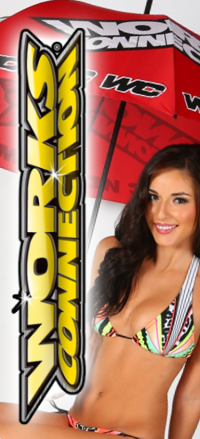
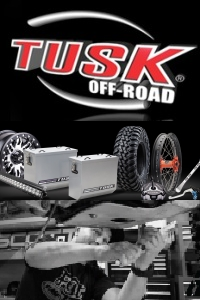
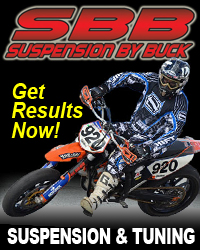
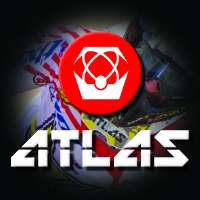

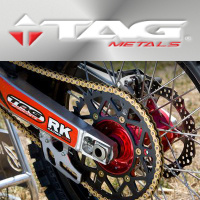
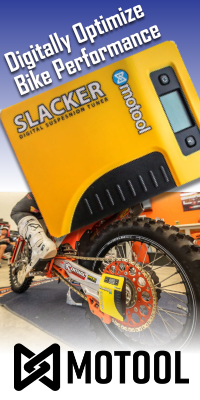

 mx43
mx43
Reader Comments